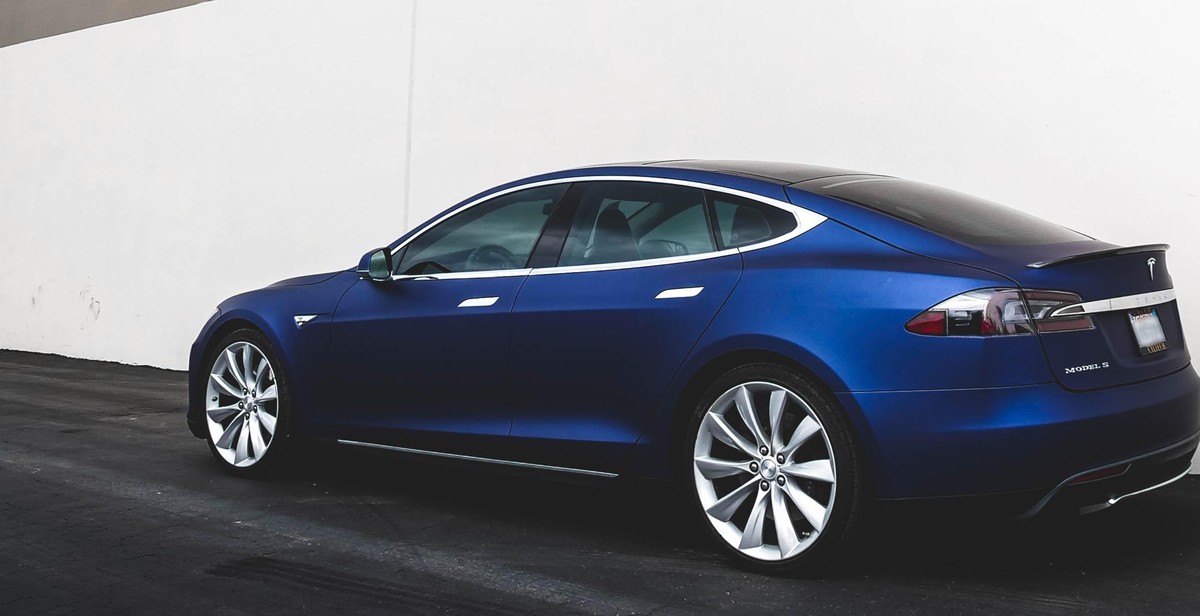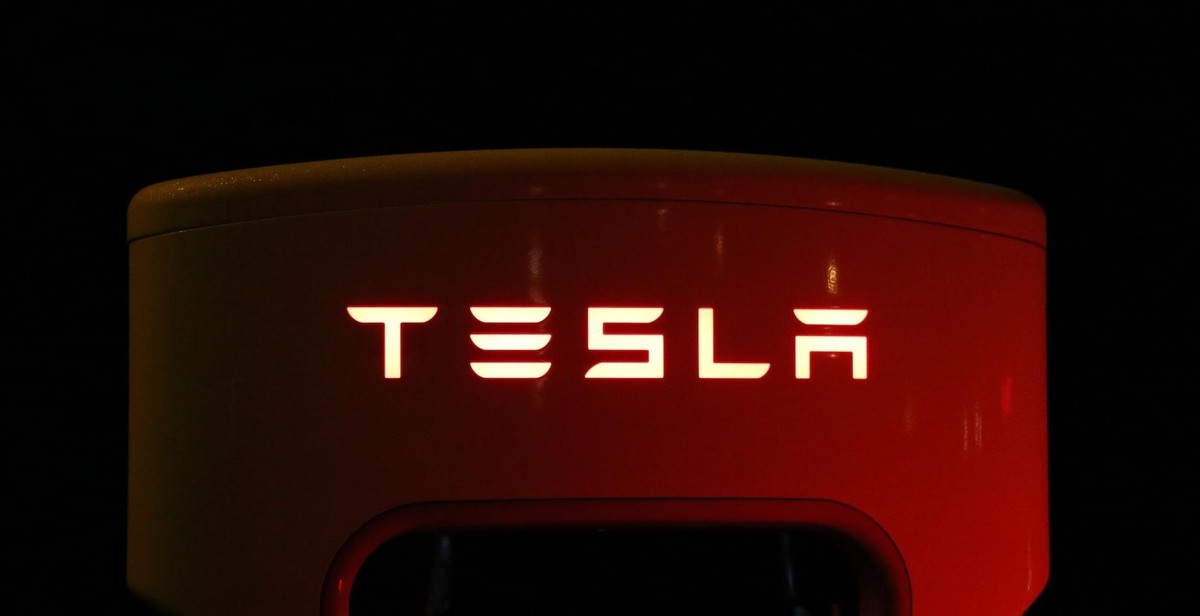How Good is the Tesla Autopilot: An Overview
Autonomous driving has been a topic of discussion for a long time, and Tesla has been at the forefront of this technology with its Autopilot system. The Tesla Autopilot is an advanced driver-assistance system that allows Tesla vehicles to operate semi-autonomously on highways and major roads. The system uses a combination of cameras, radar, ultrasonic sensors, and GPS to navigate the vehicle, detect obstacles, and avoid collisions.
Features of the Tesla Autopilot
The Tesla Autopilot offers a range of features that make driving safer and more convenient. These include:
- Autosteer: This feature allows the car to stay in its lane, change lanes, and adjust speed based on traffic conditions.
- Auto Lane Change: With this feature, the car will automatically change lanes when it is safe to do so.
- Summon: This feature allows the car to park itself, or move in and out of tight parking spaces.
- Smart Summon: This feature allows the car to navigate through a parking lot to pick up the driver.
- Autopark: This feature allows the car to park itself in a parallel or perpendicular parking spot.
Controversies Surrounding the Tesla Autopilot
Despite its advanced technology, the Tesla Autopilot has been the subject of controversy. There have been several incidents where Tesla vehicles using Autopilot have been involved in accidents, some of them fatal. Critics have argued that the system is not yet advanced enough to operate safely without human intervention, and that Tesla’s marketing of the system is misleading.
Despite these controversies, the Tesla Autopilot remains one of the most advanced driver-assistance systems on the market, and it continues to evolve with each new software update.

What is Tesla Autopilot?
Tesla Autopilot is an advanced driver-assistance system (ADAS) developed by Tesla that allows their vehicles to partially drive themselves on highways and other limited-access roads. The system is designed to provide a safer and more comfortable driving experience for Tesla owners.
Autopilot Hardware
The Autopilot hardware consists of a suite of sensors, cameras, and radar that are mounted around the vehicle. These sensors provide the car with a 360-degree view of its surroundings and enable it to detect and respond to obstacles, other vehicles, and pedestrians.
The hardware includes eight cameras, twelve ultrasonic sensors, and a forward-facing radar. The cameras are located on the front, sides, and rear of the vehicle and provide high-resolution images that are used to detect objects and obstacles. The ultrasonic sensors are used to measure the distance between the car and other objects, while the radar is used to detect objects that are beyond the range of the cameras and sensors.
Autopilot Software
The Autopilot software uses the data from the sensors and cameras to control the vehicle’s speed, steering, and braking. The software is constantly analyzing the data to make decisions about how the car should respond to different situations on the road.
The Autopilot software includes several features, such as Autosteer, Auto Lane Change, Navigate on Autopilot, and Summon. Autosteer allows the car to stay in its lane and maintain a safe distance from other vehicles. Auto Lane Change enables the car to change lanes on the highway automatically. Navigate on Autopilot provides route guidance and can automatically take exits and change lanes to follow the chosen route. Summon allows the car to move autonomously in and out of tight parking spaces.
Conclusion
Overall, Tesla Autopilot is an advanced driver-assistance system that uses advanced hardware and software to provide a safer and more comfortable driving experience for Tesla owners. The system is constantly evolving and improving, with new features and updates being released regularly.
How Does Tesla Autopilot Work?
The Tesla Autopilot is an advanced driver-assistance system that uses cameras and sensors to detect the environment and assist the driver in controlling the vehicle. The Autopilot system is designed to provide enhanced safety and convenience during highway driving.
Cameras and Sensors
The Tesla Autopilot system uses a combination of cameras, sensors, and radar to detect and respond to the environment. The cameras are located around the car and provide a 360-degree view of the surroundings. The sensors detect the distance between the car and other objects, while the radar detects the speed and location of nearby vehicles.
The cameras and sensors work together to provide a detailed picture of the environment, which is then processed by the Autopilot system to make decisions about how to control the car.
Machine Learning
The Autopilot system uses machine learning to improve its performance over time. Machine learning is a type of artificial intelligence that allows the system to learn from experience and improve its decision-making abilities. The more data the system collects, the better it becomes at predicting and responding to different driving situations.
As more Tesla vehicles are equipped with the Autopilot system, the amount of data collected increases, allowing the system to learn and improve at a faster rate.
Summary
The Tesla Autopilot system uses a combination of cameras, sensors, and radar to detect and respond to the environment. The system also uses machine learning to improve its performance over time. With these advanced technologies, the Autopilot system provides enhanced safety and convenience for drivers during highway driving.
Benefits of Tesla Autopilot
Enhanced Safety
The Tesla Autopilot system has been designed with safety as a top priority. With its advanced sensors and cameras, the Autopilot system is capable of detecting and responding to potential hazards on the road. The system can automatically apply the brakes and steer the car away from danger, helping to prevent accidents and keep drivers and passengers safe.
Convenience
One of the biggest benefits of the Tesla Autopilot system is the convenience it provides. The system can take over many of the tasks associated with driving, such as accelerating, braking, and steering. This allows drivers to relax and enjoy the ride, without having to constantly monitor the road. The Autopilot system can even navigate on highways and change lanes automatically, making long drives much more enjoyable.
Comfort
The Tesla Autopilot system can also provide a more comfortable driving experience. With the system taking care of many of the driving tasks, drivers can focus on other things, such as listening to music or talking to passengers. The Autopilot system can also adjust the speed and acceleration of the car to provide a smoother ride, reducing the jolts and bumps often associated with driving on rough roads.
| Benefits of Tesla Autopilot | |
|---|---|
| Enhanced Safety | The Autopilot system can detect and respond to potential hazards on the road, helping to prevent accidents and keep drivers and passengers safe. |
| Convenience | The Autopilot system can take over many of the tasks associated with driving, allowing drivers to relax and enjoy the ride without constantly monitoring the road. |
| Comfort | The Autopilot system can provide a smoother ride and reduce jolts and bumps often associated with driving on rough roads. |
- The Tesla Autopilot system enhances safety on the road by detecting and responding to potential hazards.
- The Autopilot system provides convenience by taking over many of the tasks associated with driving.
- The Autopilot system provides a more comfortable driving experience by reducing jolts and bumps on rough roads.
Limitations of Tesla Autopilot
Driver Responsibility
Despite the advanced features of Tesla Autopilot, it is important to note that the driver is ultimately responsible for the safe operation of the vehicle. The Autopilot system is not a fully autonomous driving system, and it requires the driver to remain attentive and ready to take control of the vehicle at any time. Tesla clearly states in their user manual that “Autopilot is intended for use with a fully attentive driver, who has their hands on the wheel and is prepared to take over at any time.”
It is important for drivers to understand that the Autopilot system is not a substitute for their attention and vigilance on the road. They should always be aware of their surroundings and be ready to take control of the vehicle if necessary.
Environmental Factors
The Autopilot system relies heavily on cameras and sensors to navigate the road and detect obstacles. However, environmental factors such as weather conditions, poor lighting, and road markings can affect the system’s performance.
In adverse weather conditions such as heavy rain, snow, or fog, the cameras and sensors may not be able to detect obstacles as accurately, which can affect the system’s ability to navigate the road safely. Poor lighting conditions can also affect the system’s performance, as the cameras may not be able to capture clear images of the road ahead. Additionally, if road markings are faded or missing, the Autopilot system may not be able to accurately detect the lanes, which can affect its ability to stay within the lane.
| Factors | Effect on Autopilot |
|---|---|
| Adverse weather conditions | Reduced accuracy in obstacle detection and navigation |
| Poor lighting conditions | Reduced image capture and processing |
| Faded or missing road markings | Reduced accuracy in lane detection and keeping |
It is important for drivers to be aware of these limitations and to adjust their driving accordingly. They should always be prepared to take over the vehicle if necessary, especially in adverse weather conditions or poor lighting.

Tesla Autopilot vs. Other Autonomous Driving Systems
When it comes to autonomous driving systems, Tesla Autopilot is one of the most talked-about options. However, how does it compare to other autonomous driving systems on the market? In this section, we will compare Tesla Autopilot to other autonomous driving systems based on features and performance, cost, and accessibility.
Comparing Features and Performance
Tesla Autopilot is known for its advanced features, including adaptive cruise control, lane departure warning, and automatic emergency braking. Additionally, Tesla Autopilot has the ability to change lanes and park itself. Tesla Autopilot also has a unique feature called “Navigate on Autopilot,” which allows the car to suggest and take the best route to the destination.
Other autonomous driving systems, such as GM’s Super Cruise and Audi’s Traffic Jam Pilot, also offer similar features, including adaptive cruise control and lane departure warning. However, they do not offer the same level of advanced features as Tesla Autopilot.
Cost
Tesla Autopilot is included as a standard feature on all new Tesla vehicles. However, to unlock the full potential of Tesla Autopilot, customers need to purchase the “Full Self-Driving” package for an additional $10,000.
On the other hand, GM’s Super Cruise is currently only available on select Cadillac models and costs an additional $2,500. Audi’s Traffic Jam Pilot is not yet available in the United States.
Accessibility
Tesla’s Autopilot is widely accessible, as it is included as a standard feature on all new Tesla vehicles. However, it is important to note that not all features are available in all countries.
GM’s Super Cruise is currently only available on select Cadillac models and is limited to specific highways. Audi’s Traffic Jam Pilot is not yet available in the United States.
| Autonomous Driving System | Features | Cost | Accessibility |
|---|---|---|---|
| Tesla Autopilot | Advanced features such as Navigate on Autopilot | Included as standard feature, Full Self-Driving package costs $10,000 | Widely accessible |
| GM’s Super Cruise | Adaptive cruise control and lane departure warning | Available on select Cadillac models, costs $2,500 | Limited accessibility to specific highways |
| Audi’s Traffic Jam Pilot | Adaptive cruise control and lane departure warning | Not yet available in the United States | Not accessible in the United States |

Conclusion
After analyzing the various features and capabilities of Tesla Autopilot, it is safe to say that this technology is a game-changer in the automotive industry. The semi-autonomous driving system has the potential to revolutionize the way we drive and travel.
Tesla Autopilot has several advantages, including enhanced safety, improved driving experience, and reduced stress on the driver. The system is constantly evolving, with regular updates and improvements being rolled out to enhance its functionality and capabilities.
However, it is essential to note that Tesla Autopilot is not a fully autonomous driving system and still requires the driver to be attentive and in control of the vehicle at all times. It is important to follow the manufacturer’s guidelines and recommendations to ensure safe and responsible use of the technology.
Overall, Tesla Autopilot is a remarkable innovation that has the potential to change the way we drive. As the technology continues to evolve and improve, it will be exciting to see how it transforms the automotive industry in the years to come.

Leave a Reply